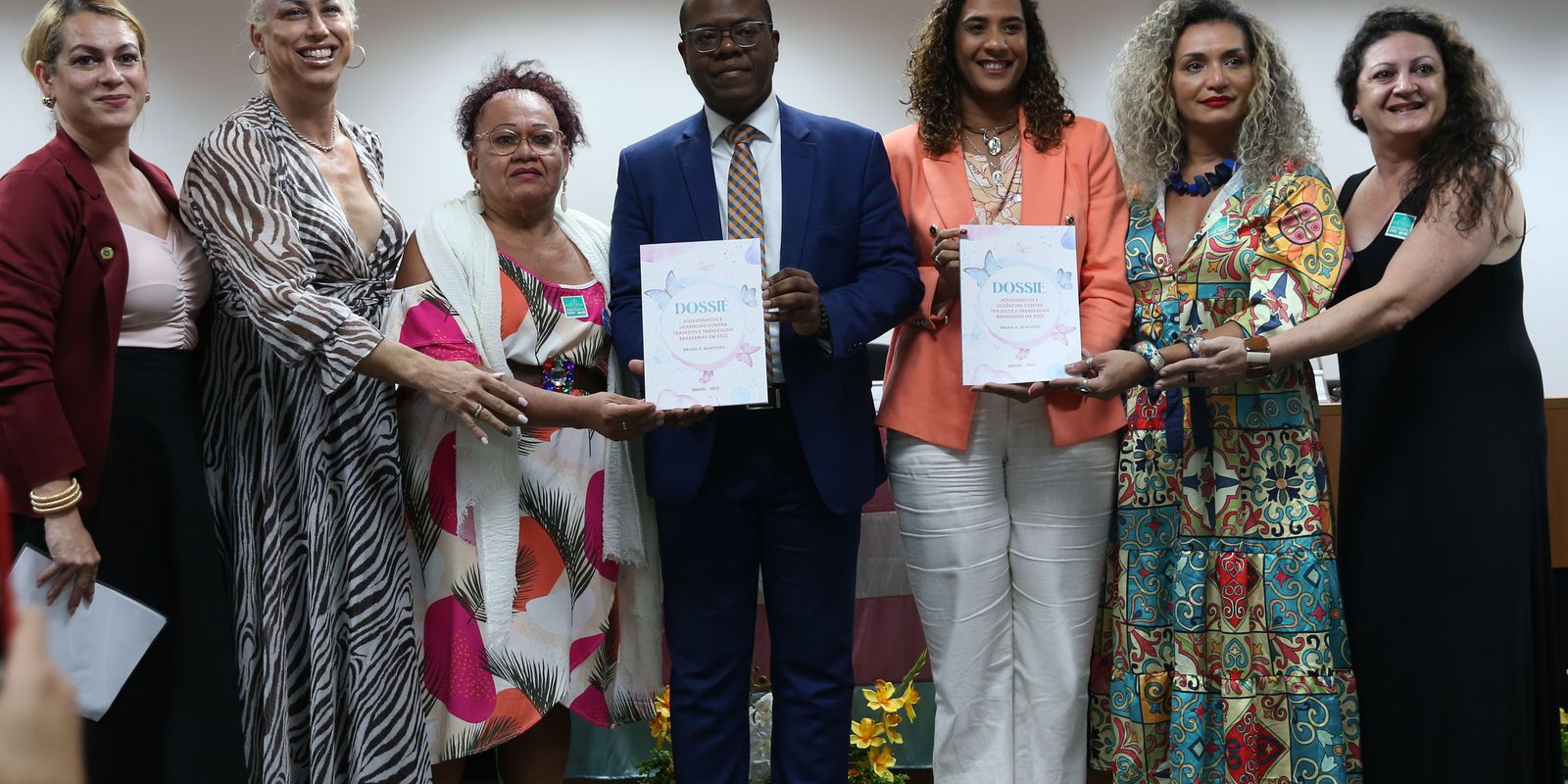The National Development Plan will arrive at the Congress of the Republic in the first days of Februaryand one of the key inputs in its construction are the recommendations issued by the National Planning Counciland that were delivered at the beginning of this year.
The Government has spoken of its intention to give more importance to the PNC and Amanda Vargas Prieto, the president of this autonomous body, explained how they perceive the bases that the Plan delivered and what are some of the challenges.
(See: Regions will put 15% of resources of the Development Plan).
What are the main recommendations based on the Plan?
This document is the result of the last four years of approaching the Territorial Planning Councils of the country, according to data from the DNP in the country there are more than 12,000 territorial planning councilors.
From the previous government we did a series of follow-ups on the National Development Plan and that allowed us to identify recommendations for the next government and it was delivered in October.
So, as such, it is a document prior to what we know as the concept of the bases of the National Development Plan.
One of the observations to National Planning is to strengthen the mechanisms to build public policies, what are the concerns?
The main recommendation and what we have identified as a weakness in planning in the country is the Organic Law of the National Development Plan, which is a law created in 1994 and does not recognize the reality of the country at this time.
(See: development plan and strategy).
In the dialogues we found several weaknesses, the main one is that the concept issued by the National Planning Council every four years to the National Development Plan is not binding, and it should be.
It has become like a check list for the government on duty, which arrives, receives the concept and simply complies with what the law indicates.
Another weakness is that the Territorial Councils do not really affect public policy. They give their opinions, but ultimately they are not included, and another important aspect is representation, since that scope of what the country is is still restricted, sectors such as health are not present in the National Planning Council. It is important that diversity in the country is reflected and there is definitely a weakness in the Law that regulates it.
How do you see this development plan, which goes from the sectoral to the great strategies?
It was an abrupt change from what we were used to working with. They used to work by sectors, so it was easier to review the plan, the proposals and thus issue a concept.
But this Plan introduces something new, which is the strategies, and these training courses generated a significant challenge for us as national councilors because it implied a much more exhaustive examination and also getting much closer to civil society.
We worked with the inputs of the last four years and with the Territorial Councils and there we identified the transformations within the different sectors.
We highlight from these bases the participation of civil society through binding regional dialogues, this is significant for a democracy. Second, we consider important is that relevance that they gave to ‘Total Peace’ in the bases, because throughout the bases it is very clear the fulfillment of the agreements of the Teatro Colón, which we consider positive since they are related to the transformations that arise, and a third point is the proposal to work in regional terms.
National Development Plan.
Archive Weather
Is that change positive or negative?
As the National Planning Council we do not have a political position, we are representatives of civil society and therefore we cannot take a position.
(See: Council approved debt quota for $11.7 billion for Bogotá).
How do you see from the Council the Pluriannual Investment Plan that proposes the bases of the Development Plan?
Within the concept we place as a point to improve the presentation of the Multiannual Investment Plan, which is the one that decides the budget to be executed based on goals and indicators, but when giving us the bases the investment plan is not included beyond that there is a package of $1.040 trillion distributed in the five strategies and that they present a series of indicators and goals that are still subject to modification.
When the DNP gives us a project in this sense, it is very difficult to make an evaluation and a rigorous concept. This has been a historical complaint with the presentation of the bases. The indicators and goals are not enough for what was presented in the bases, since they were not finished yet, we do not know what the definitive indicators are.
In addition, the budget is allocated by sectors, and here we return and say, if we had already left the sectors and were talking about strategies, what will the issue of transformations be and how will it be reflected? It is easier to allocate the budget by sector, but that should be the challenge, allocate it by strategy.
The Director of National Planning has spoken of a Plan with few and very specific indicators.
how to follow up then?
Development plans have always proposed many indicators, but easily achievable. There is a problem in the construction of the indicators, in the construction of the goals, in that clear identification of what the purposes are.
(See: At what point is the Development Plan and what will be its axes?).
That is why the bet on transformations is interesting, but modifying, then, the entire planning system, because if we continue to deliver easily achievable indicators, there is a risk that the proposals that are in the bases will not be fulfilled.
LAURA LUCIA BECERRA ELEJALDE
PORTFOLIO JOURNALIST








